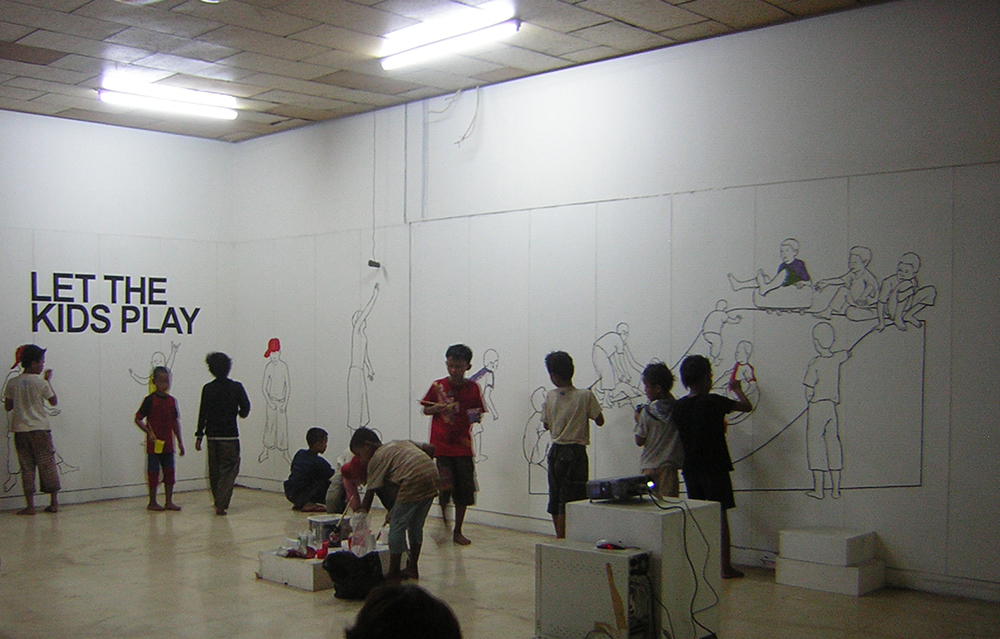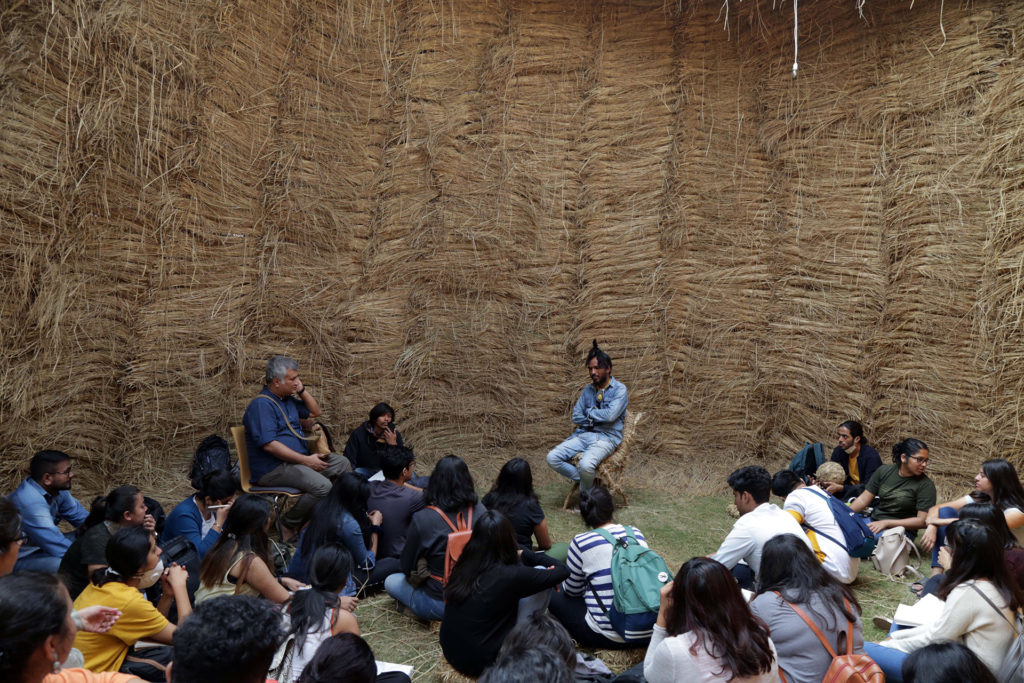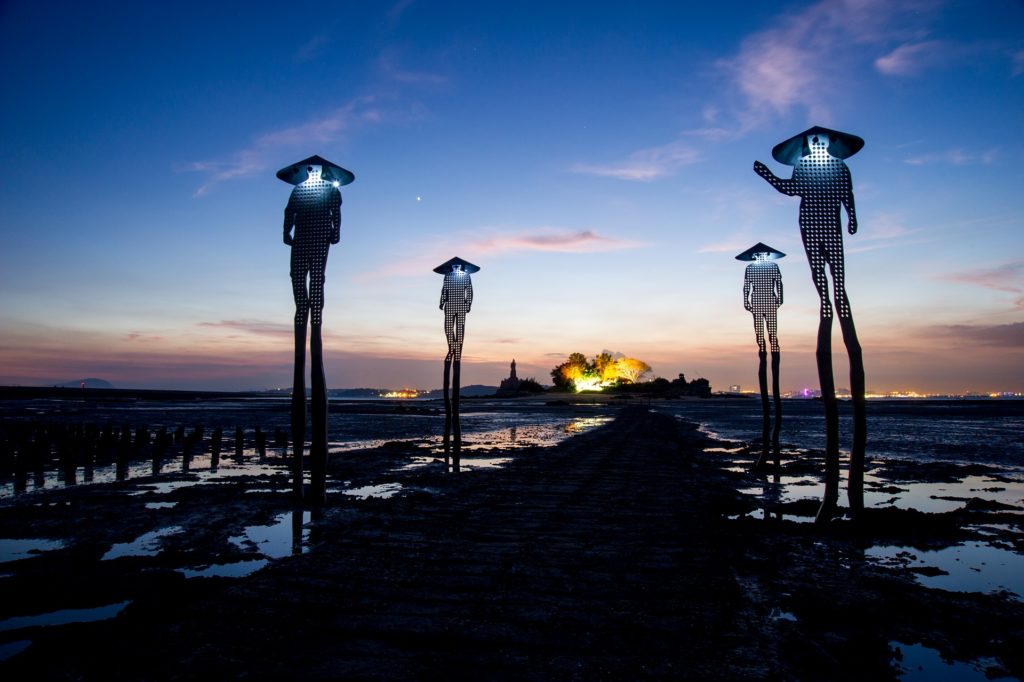Issue 2 2020
Curators’ Living Rooms
Curatography
Editorial
Curators’ living rooms are artistic labyrinths of thinking and practice, places compatible with both reality and imagination.
According to the description in “Extended Living Room: Space and Conversation” by the Indonesian Jakarta art group ruangrupa, this living room is a place for them to “hang out” (in Indonesian, nongkrong), and it is a place for learning from each other, sharing living in the moment with others, and having a good time together. At the same time, it is also a place for them to develop the “barn” (lumbung in Indonesian) as the core metaphor to create a shared “resource pot” as a method to carry out collaborative thinking and collectivist practice…






